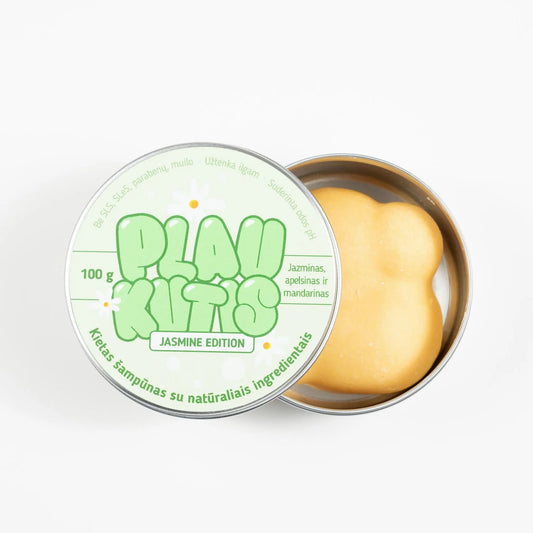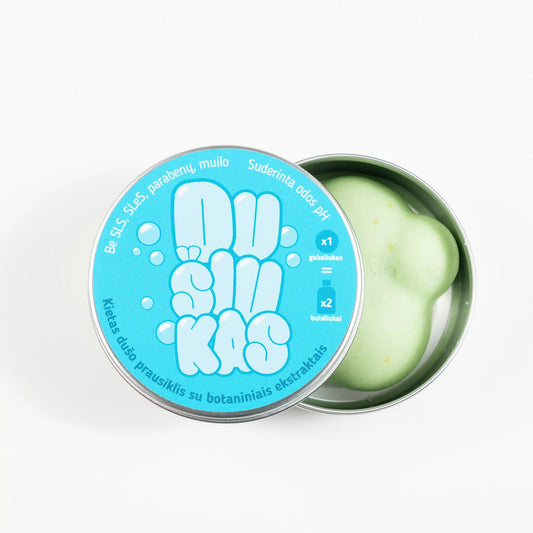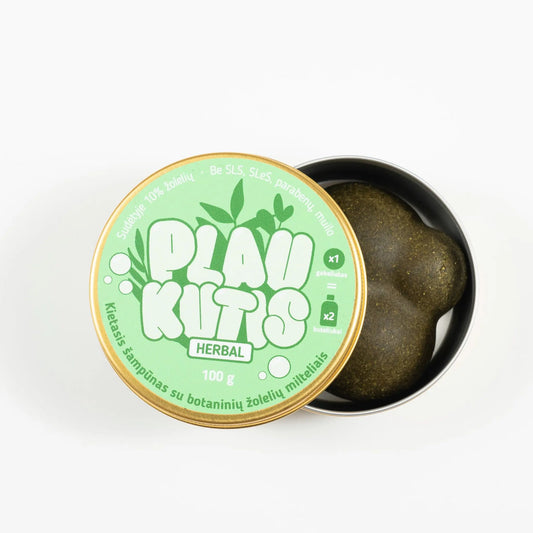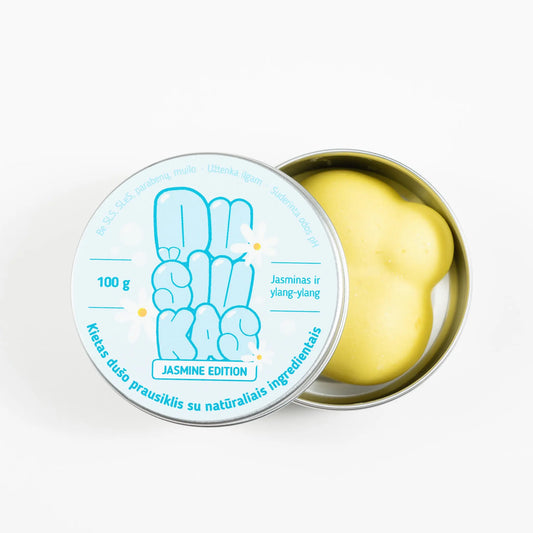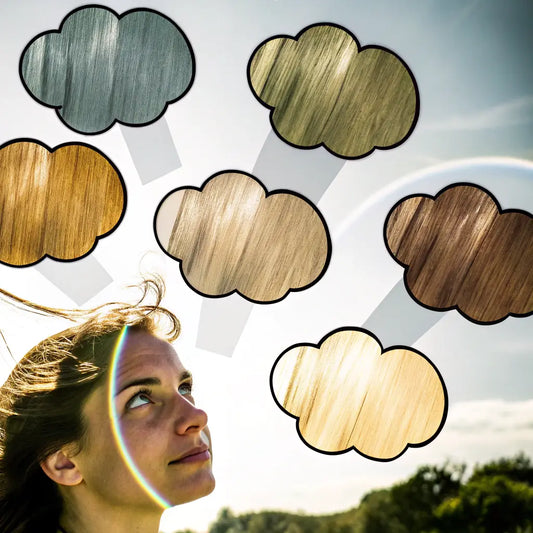When we think of hair care, we usually picture the latest shampoos, conditioners, and styling tools. But have you ever wondered what makes up your hair and how its structure affects its condition?
Understanding hair anatomy is the secret weapon to stronger, healthier, and more manageable hair. From the scalp to the hair shaft, each part plays a unique role that determines how your hair looks, feels, and responds to different care products.
In this article, we will travel through the world of hair, revealing how its structure affects its needs and how to properly care for it. We will also share interesting facts and dispel some common myths. Let's begin our journey into the secrets of your hair and learn how to make it amazing!
Hair Anatomy 101: Basic Knowledge
Let's start with the main layers of the hair strand: the cuticle, cortex, and medulla.
- Cuticle: This is the outer layer, made up of overlapping cells that resemble roof tiles. The cuticle protects the inner parts of the hair and acts as a barrier against water, chemicals, and environmental aggressors. A healthy cuticle means hair is shiny, smooth, and less prone to breakage. Meanwhile, a damaged cuticle leads to frizz, split ends, and a dull appearance.
- Cortex: The thickest layer, which contains the pigment (melanin) that gives hair its color. The cortex determines the strength, texture, and elasticity of the hair. Whether the hair is straight, wavy, or curly depends largely on the shape of the cortex.
- Medulla: The inner layer that is only found in thicker or coarser hair. While it does little to contribute to the health of the hair, it does provide structure. Fine hair may not have a medulla, while thicker hair usually has a more pronounced medulla.
Why understanding your hair structure is important: Knowing your hair structure makes it easier to choose the right products and treatments. For example, if your cuticles are damaged, you may need nourishing oils or protein treatments to help rebuild the protective layer.
Interesting fact: "What your hair says about you"
Did you know that your hair can reveal information about your health, diet, and even stress levels? Hair keeps a record of the substances you consume or are exposed to, including medications, heavy metals, and hormones. For example, an increase in cortisol (a stress hormone) in your hair could indicate that you have been experiencing high levels of stress over a long period of time!
The importance of scalp health for hair structure
We often forget about the scalp when it comes to hair care, but it plays a vital role in hair growth and overall hair health. The scalp contains hair follicles, tiny pockets from which each hair grows. Proper scalp care is essential to maintaining healthy hair growth and structure.
- Sebaceous glands: These glands are connected to hair follicles and produce a natural oil (sebum) that moisturizes both the hair and scalp. Too much sebum production can cause oily hair, while too little can cause dryness and flaking.
- Blood circulation: Proper blood circulation to the scalp delivers important nutrients to the hair follicles, promoting stronger, healthier hair growth. Regular scalp massage can promote blood circulation, helping to nourish the hair from the roots.
Practical tip: Incorporate a gentle scalp massage into your hair care routine, using your fingertips or a special massager. Not only is this very relaxing, it also helps distribute natural oils throughout your hair.
Hair Growth Phases: Not Just Length
Your hair follows a natural growth cycle that consists of three phases: anagen (growth), catagen (transition), and telogen (resting). Understanding these phases will help you better understand the condition of your hair and its growth patterns.
- Anagen Phase: The active growth phase that lasts from 2 to 7 years. The length of this phase determines how long your hair can grow. It depends on genetics, health, and age.
- Catagen Phase: A short transitional phase lasting about 2-3 weeks, during which hair growth slows down and the hair follicle shrinks.
- Telogen phase: A resting phase that lasts about 3 months. During this period, hair falls out to make way for new growth.
Fun fact: On a healthy scalp, about 90% of hair is in the anagen phase at any given time. This explains why we lose about 50-100 hairs every day – it’s completely normal!
Myth busting: common hair fads
Myth 1: “A haircut promotes hair growth.”
While regular trimming doesn't affect the rate at which your hair grows, it does prevent split ends, which can spread up the hair shaft and lead to breakage. So trimming helps maintain length and health.
Myth 2: "Cold water makes hair shiny."
Rinsing with cold water can help close the hair cuticle, creating a smoother surface that reflects light and adds shine. However, the main influence on hair shine is the condition of the cuticle itself, not just the water temperature.
Myth 3: “Combing your hair 100 times a day makes your hair healthier.”
Over-combing can actually damage your hair, causing breakage and split ends. Gentle detangling is helpful, but over-combing is not necessary.
Hair types and their unique needs
Your hair type is largely determined by the shape of your hair follicle and the structure of the cortex. Straight, wavy, curly, and fine hair have different characteristics and care needs.
- Straight hair: The round shape of the hair follicle means there are no frizz. Natural oils flow easily down the hair shaft, which can make hair greasy quickly. Use mild shampoos and conditioners to avoid weighing hair down.
- Wavy hair: The follicle is oval-shaped, giving it natural waves. It tends to frizz and requires light moisturizing products to enhance the waves without greasiness.
- Curly hair: The follicle is asymmetrical, creating frizz. Curly hair is often drier because natural oils have a hard time flowing down the curly hair shaft. Moisturizing products and leave-in conditioners are essential to retain moisture.
- Fine Curly Hair: Has the densest curls due to a highly asymmetrical follicle. This is the most fragile hair type and requires deep conditioning treatments to maintain health.
Practical tip: Adapt your care routine to your hair type. For example, curly and fine hair benefits greatly from the “LOC” method: use a liquid (leave-in conditioner), oil, and cream to lock in moisture.
Tips for maintaining healthy hair structure
- Protect the cuticle: Use heat protectants before using hot tools and avoid over-combing when hair is wet, as it is more vulnerable then.
- Moisturizing is key: Moisturize your hair at least once a week with a deep conditioning mask to replenish moisture and strengthen the cortex.
- Balanced diet: Include foods in your diet that contain hair-healthy vitamins (such as biotin, vitamins A, C, and E), protein, and minerals. Hair is mainly made up of keratin, a type of protein, so a protein-rich diet can improve hair health and growth.
- Gentle washing: Choose sulfate-free shampoos to avoid stripping your hair of its natural oils. This is especially important for curly and fine hair, which is naturally drier.
FAQ: Answers to your hair texture questions
Q: Can hair structure change over time?
A: Yes, factors like aging, hormonal changes (such as pregnancy or menopause), and certain medical conditions can change the texture, thickness, and even curl pattern of your hair.
Q: Does a haircut affect hair thickness?
A: Trimming your hair does not change the thickness of your hair. However, trimming split ends can make your hair look fuller and healthier.
Q: How often should I wash my hair?
A: It depends on your hair type and lifestyle. Thin, straight hair may need to be washed every other day, while curly or fine hair may need to be washed once a week to maintain moisture.
Q: Does stress affect hair structure?
A: Yes, indeed! High levels of stress can disrupt the hair growth cycle, causing hair thinning or loss. Therefore, managing stress through self-help practices is essential for maintaining hair health.
Conclusion: Your hair is your story
Your hair is more than just a fashion statement; it’s a complex structure that tells a unique story about your health, genetics, and care habits. By understanding the anatomy of your hair and how its various parts work, you can make informed decisions that promote healthier, more beautiful hair. From choosing the right products to a customized care routine, you now have the knowledge to take care of your hair’s well-being.
Ready to put your hair knowledge to work? Share your hair care stories, tips, or questions in the comments. Let's create a community of hair enthusiasts who encourage each other to achieve their hair goals!
Understanding the secrets of your hair structure is just the first step. Keep exploring, experimenting, and enjoying your journey to your healthiest, most radiant hair!
